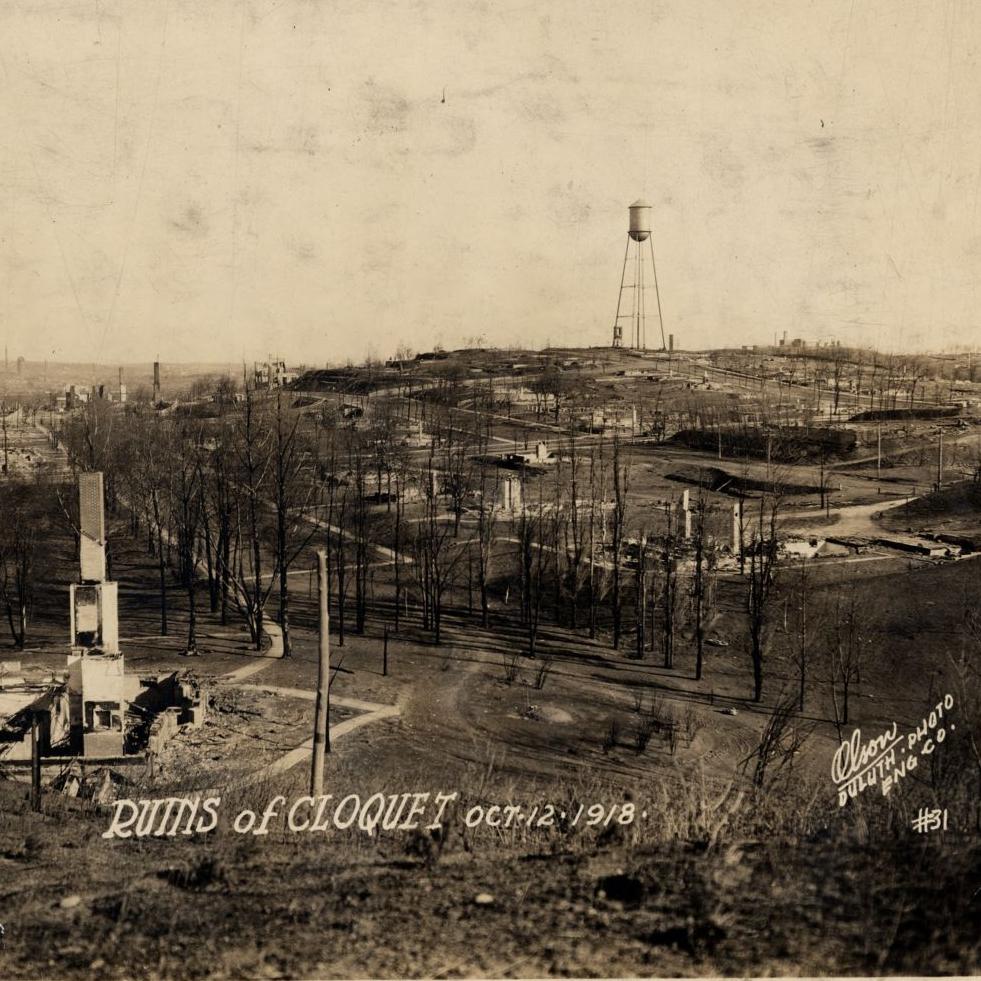Quick Summary
The Digital Public Library of America (DPLA) formed a task force to explore new ways to curate digital content shared by organizations like the Minnesota Digital Library. The task force recently released guideline documentation and best practices for others engaging in this work.

The Digital Public Library of America (DPLA) brings digitized content from cultural heritage organizations across the country together into a single searchable website. The Minnesota Digital Library (MDL) is a DPLA service hub, which means we share digital materials from MDL contributors and other organizations in our area with DPLA’s nationwide collection. This increases national online access to MDL partner collections from Minnesota and South Dakota.
Last fall, DPLA formed a task force to explore new ways to curate digital content shared by organizations like the Minnesota Digital Library. Since MDL is very interested in digital storytelling, I volunteered to serve as the task force’s co-chair. We spent the spring evaluating existing online exhibits, platforms, and documentation before developing our own guidelines and recommendations.
The task force developed two documents to provide digital content professionals with a starting point for developing digital curation projects of all types, using a variety of platforms. The Digital Curation Guidelines include information about the curation process, examples of existing projects, and an annotated bibliography for those interested in learning more. The Digital Curation Matrix condenses this information into a structured table, outlining all the focus areas you should consider when doing these projects, from time to complexity to evaluation.
We published these guidelines on DPLA’s Documentation and Tools web page, and we also hosted an informal coffee chat for members of the DPLA network last week. The webinar was recorded and is available on their website, as well.
At MDL, we look forward to utilizing these resources as we continue developing our digital storytelling projects, including primary source sets, timelines, maps, and exhibits.



